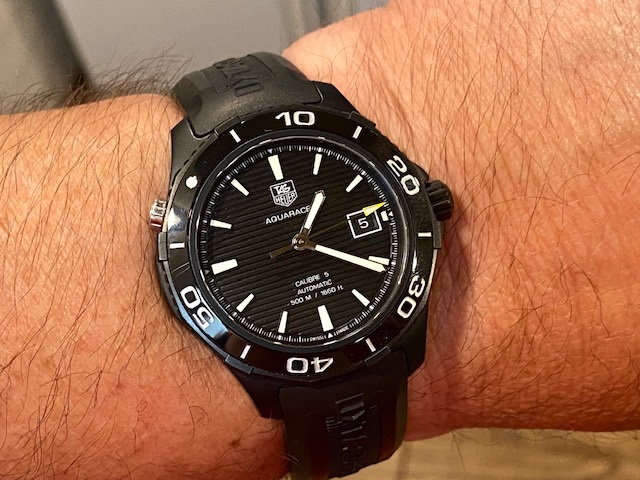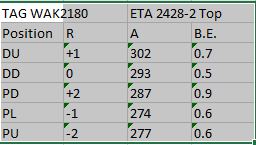Michael156
·Ladies and Gentlemen,
Maybe an elementary question here but is it safe to allow your automatics and manual winds to completely unwind for long periods?
Difficult for me to see how you could keep them all wound for all time but want to ensure I’m doing the best for the piece. I recently acquired a Calculator and, although I’ve worn it a couple of times, I want to protect it for posterity and won’t have nonstop room in my four space winder for it.
I couldn’t find any specific strings here on this subject but a little research online finds that ‘There is no harm in allowing your watch to unwind but it may be beneficial to wind it periodically to keep gears oiled and fresh.’
May I trouble you for some insight and expertise?
Best, M.
Maybe an elementary question here but is it safe to allow your automatics and manual winds to completely unwind for long periods?
Difficult for me to see how you could keep them all wound for all time but want to ensure I’m doing the best for the piece. I recently acquired a Calculator and, although I’ve worn it a couple of times, I want to protect it for posterity and won’t have nonstop room in my four space winder for it.
I couldn’t find any specific strings here on this subject but a little research online finds that ‘There is no harm in allowing your watch to unwind but it may be beneficial to wind it periodically to keep gears oiled and fresh.’
May I trouble you for some insight and expertise?
Best, M.

